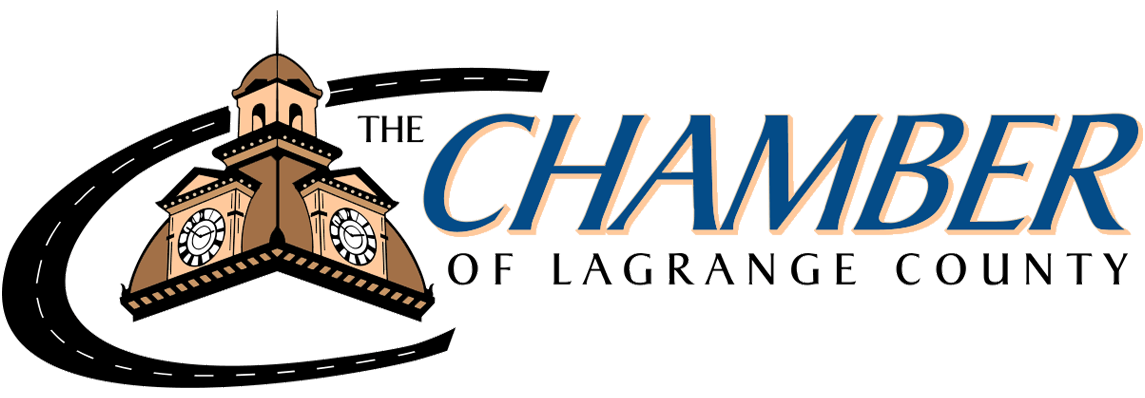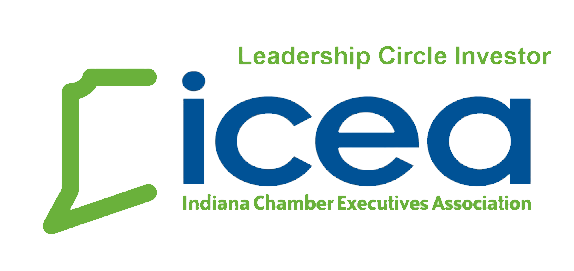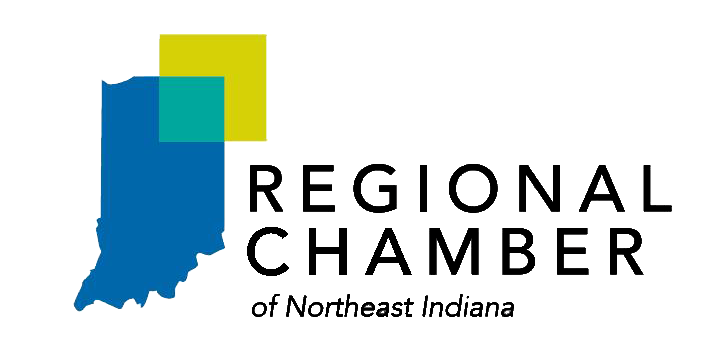Coffee with the County - Bridge the Gap
In 2019, I entered into a role with the LaGrange County Chamber of Commerce in which I worked under Executive Director Beth Sherman. During the time in which we worked together, we hosted a workshop for Chamber members with a special presentation on multi-generational workplaces. The event posed the question: “How do we work together with ages and generations that are different from us?” My favorite memory of that workshop was Beth and I sitting in the back of the room, chuckling as we looked at each other, nodded, and let out quiet “mmhhmm” affirmations about the other, fully understanding that the presentation points were valid in our 2-woman team.
My undergraduate studies can cause me to “nerd out” about different things, but generally, they tend to revolve around the psychology behind the ways of life. Why do people behave the way they do? How do our communication patterns source themselves from our worldview and general perspective of society? They’re interconnected (perhaps, sometimes, more than we even acknowledge!), and it is no different when we consider multi-generational spaces.
Over the last decade, we’ve all been a part of and have witnessed the shiftings of the workplace: Gen Zers have entered into professional roles for the first time ever, while Baby Boomers are retiring and exiting. Gen X and Millennials are pivoting and evolving. The workplace looks far different now than it did 20 years ago. To understand generational differences, we must first examine the make-up–and dare I say stereotypes–of generational groupings.
- The Silent Generation: Born between the mid-1920s and early 1940s, this generation witnessed great trials and transformation. They endured the Great Depression and the turmoil of World War II. Peter Boolkah notes, “While they may not be as tech-savvy as younger generations, they bring a unique perspective and a time-tested problem-solving approach.”
- Baby Boomers: Born between 1946 and 1964, these individuals grew up in a post-war era in which stability in the workplace and long-term career paths were widely accepted. They are characterized by a work-centric attitude, are generally team-oriented, possess deep experience, and enjoy mentoring the up-and-coming.
- Generation X: Born between 1965 and 1980, this generation was generally marked with a period of birth decline following the “baby boomer” generation. They are identified as the gap-bridging generation, in which they both understand traditional approaches, as well as technological advances because of their witness to the evolution of technology in the workplace. They can be characterized as being independent, appreciating diversity, and highly adaptive.
- Millennials: Born between 1981 and 1996, Millennials were birthed right alongside technology. Often referred to as the “Net Generation” (referencing the launch of the Internet), this group can be characterized as technologically innovative, flexible, and weighing meaningful work over job security. Work-life balance is a sought after value in this generation.
- Generation Z: Born between 1997 and 2015, this generation is very simply characterized as digitally fluent, having grown up in a technologically-dominated world. Gen Z values authenticity, diversity, and social impact. Entrepreneurial spirit drives advancement within this generational group. According to Peter Boolkah, they’re “skilled communicators, adept at multitasking, and they bring a unique perspective to the table.”
In my family life, the running joke is that, when technology breaks down, my parents call me. Generally speaking, I can figure out what isn’t working–the internet is disconnected, the phone isn’t set up correctly, the remote isn’t working–and can then be on my way. Then, as I walk out the door, I (jokingly, of course) tell them they’ll receive their bill soon from “Patrick Technology Services.”
This, in a very elementary sense, is the definition of multi-generational life. The idea here is that different ages or generations do not have to compete against each other. No, one generation is not better than the other. In actuality, generations complement each other, creating a harmonious space for productivity, efficiency, and community. When one has a hurdle to overcome, another can provide insight, experience, or understanding to solve the problem, together.
When you consider your workplace (or perhaps even your home or community hub), evaluate your own personal support and elevation of multi-generational efficiencies:
- How diverse are the perspectives in your circle? Are you missing a generation that could bring invaluable ideas and insight to the table?
- How willing are you to share knowledge and experience with other generations (not necessarily just those younger than you)? How could you offer your understanding and wisdom with grace and tact?
- Consider how you communicate, and why you communicate the way you do. For example, are you a straight-to-the-point kind of person? If so, why do you see that as a valuable method of communication? Then, consider the communication styles of those generations around you. Is it possible that their communication method isn’t wrong, just different than yours? With this understanding, how could you increase transparency and trust within your circle?
- Consider when something new was presented to you. It could have been a new idea that changes how it’s always been, or it could have been a new system, software, or process for your business. What was your honest reaction? Consider: how could this change positively impact the other generations within your organization or group, and how could you learn to adjust in order to increase overall positive productivity?
The point is, multi-generational workplaces and spaces are meant to complement, not divide. When we intentionally commit to bridging gaps from one generation to another, we are earnestly saying that we are Legacy Makers–we’re committing to the long-game, in which we will make our businesses, our communities, and our county something great for generations to come. So this week, commit to educating yourself on generational differences, and lean in to bridging the gap. Your children, grandchildren, and great-grandchildren are depending on it.
Source:
Peter Boolkah,
boolkah.com/multigenerational-workforce





